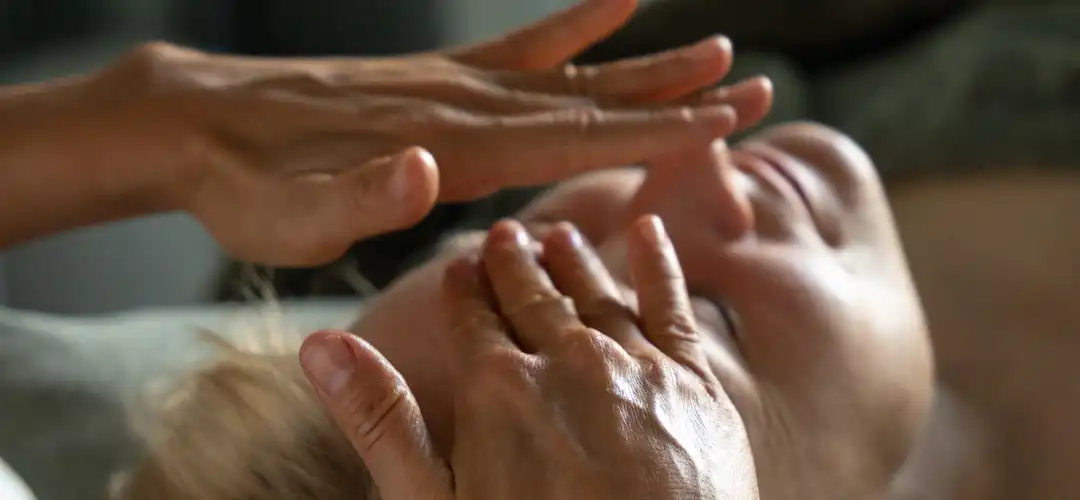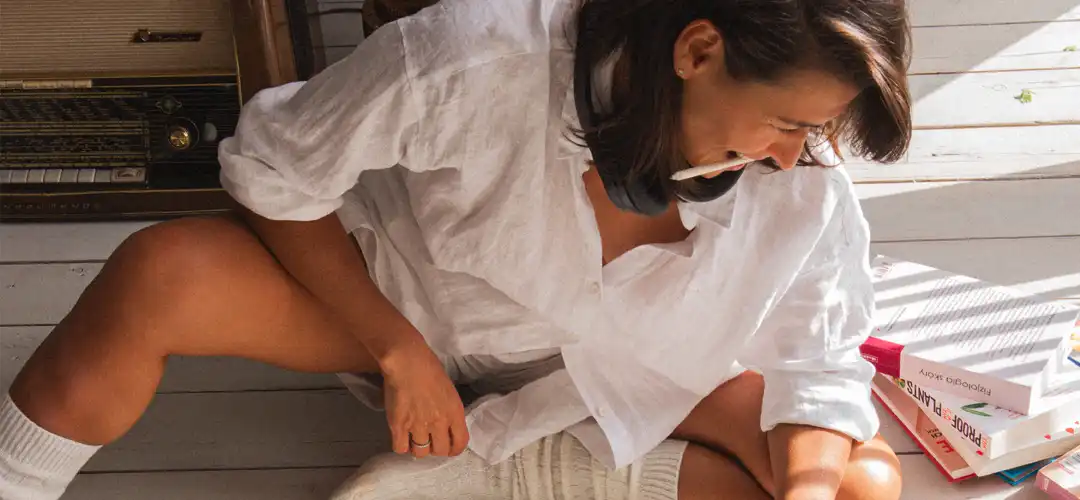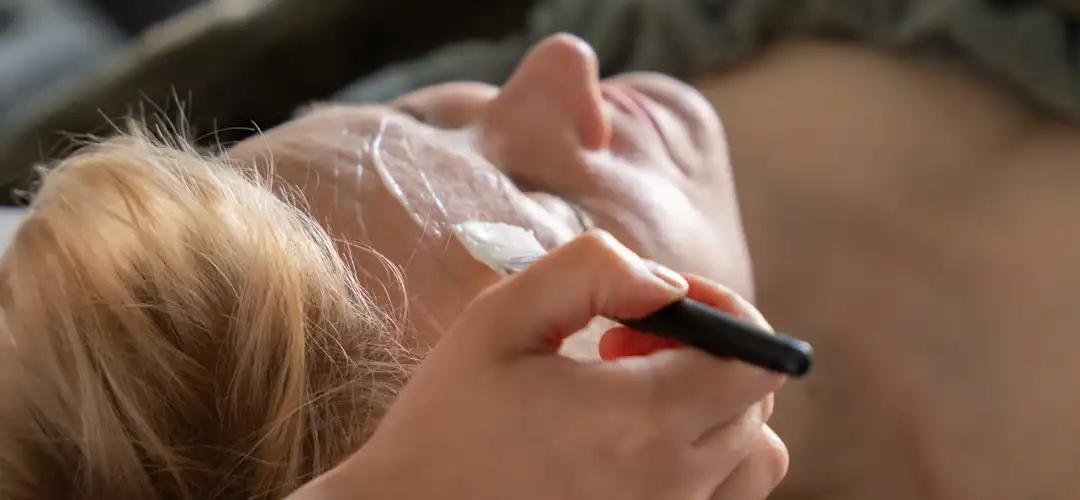
After peeling, you can repair the care mask. If your skin is sensitive or you are familiar with it, ask your esthetician first for advice. There are ingredients on the market, ingredients that are subject to descriptions that do not always appear for every skin type.
If you want and have no contraindications, you can send a message once a week, here more moisturizing, soothing, regenerating or once every 2 or 3 weeks. Some masks, such as clay masks or masks with acids, may cause irritation. They may cause side effects, but at a later time or as a result side effects may occur and hydrolipid effects, which may have the opposite effect than intended.
CARE MASK – has various forms and is usually suitable for all skin types. It can be in cream, gel or enzymatic form (described above). It can be algae, sheet or clay. First of all, it is supposed to help us. Do not harm, do not irritate, do not dry out. The best in this case, which is used on a mask with a moisturizing, regenerative, nourishing effect.
ALGAE MASK – should contain algae, which are rich in minerals such as calcium, iron, potassium. They perfectly soothe, moisturize and make the skin soft. The mask is a powder and must be mixed with cold water. When mixing it, you must follow the proportions given by the manufacturer and mix vigorously until you obtain the consistency of thick cream. When you spread it on your face, it hardens to a rubbery consistency. Difficult to make at home. Perfect for all skin types. It’s wonderfully relaxing.
SHEET MASK – these are masks most often made of cotton, biocellulose or microfiber. The material from which the mask is made is dipped in serum with active ingredients. Pieces of plastic cut out with holes for the nose, eyes and mouth are placed on the face. If there is any serum left in the package, it is worth using it for care.
CLAY MASK – a powdered mask that is mixed with water. They are a source of micro and macro elements. IMPORTANT: Just like every ingredient, every clay has its own properties. When applying it to the skin, be careful not to let it dry out. It is best to apply it while bathing and moisten it. Dried clay damages the hydrophilic coat and irritates the skin.
WHITE CLAY – sensitive and dry skin. Soothes irritations and cleanses. It prevents the development of inflammatory conditions.
GREEN CLAY – combination, oily skin with efflorescence. It has antibacterial properties, reduces sebum secretion and soothes irritations. Absorbs excess sebum, reduces inflammation.
RED CLAY – vascular, oily, combination skin, with active rosacea. It regenerates, strengthens blood vessels, improves color and helps fight blackheads.
PINK CLAY – sensitive, dry, vascular, mature skin with rosacea. It is a combination of white and pink clay. Soothes irritations, redness, absorbs excess sebum.
YELLOW CLAY – oily, combination, seborrheic and vascular skin. Soothes irritations and reduces inflammation. It can be used on the scalp to eliminate seborrhea and dandruff.
BLUE CLAY – regeneration for all skin types. It soothes inflammation and irritation, moisturizes and enhances regenerative processes.
Please remember that a mask, although sometimes it may seem innocent, can also irritate, cause allergies, or may not be suitable for your skin. If you don’t know how to use it, ask your specialist for advice.
READ ALSO

TYPES OF PEELS
In addition to daily care, it is worth supporting the skin of the face, neck and cleavage with additional treatments...

SKIN TYPES.
HOW TO RECOGNIZE THEM?
There are several basic skin types. These are normal, dry, seborrheic (oily), sensitive, atopic, acne, mature. Most of...

